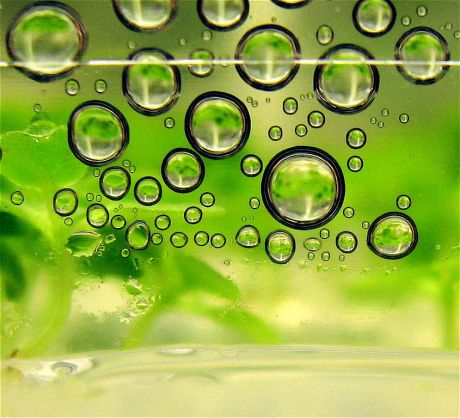Converting waste from recently living organisms such as plants and trees
(biomass) into biofuels is a promising EU initiative to substantially
reduce greenhouse gas (GHG) emissions. In leading industrial European
countries, there are already high-level experimental facilities where
researchers have been addressing challenges associated with biofuel
production and biorefinery establishment.
A consortium of 26 partners launched the EU-funded project
BRISK (The European research infrastructure for thermochemical biomass conversion) to encourage and facilitate cooperative research into thermochemical biomass conversion in their research laboratories.
The BRISK initiative is fostering a culture of cooperation in the European scientific community through combining network, joint research and transnational access activities.
Consortium members are developing protocols and databases to facilitate data sharing and benchmarking of experimental rigs. Another focus is on developing advanced measurement methods and procedures in thermochemical biomass conversion. These include difficult-to-measure constituents such as particulates, tars and sulphur. Thermal gasification technology and upgrading technologies are being refined to improve flexibility of the gasifier installation.
Another task is to improve methods for advanced testing and optimisation of catalytic processes of biosynthetic gas conversion into second-generation liquid or gaseous biofuels. Focus is placed on synthetic fuels produced by the Fischer-Tropsch process, synthetic natural gas, dimethyl ether and methanol.
Project partners used a wide range of European biomass feedstocks such as wood, energy crops, agricultural waste and other non-food biogenic materials for thermal conversion of biomass. The materials involved in catalysis were zeolites, cobalt compounds, chromium and aluminium oxides, as well as olivine. Finally, they investigated the impact of contaminants such as tars in solid oxide fuel cells, and zinc and lead in ash.
Enhancing biomass utilisation without risking sustainability is a European energy priority that can be linked to targets for curbing most GHG emissions by 2050. Enhanced energy security of supply and integration with other industrial sectors such as agriculture also play a role. Improved use of biofuels and products in advanced biomass conversion units and biorefineries are seen as a key element in achieving this goal.

